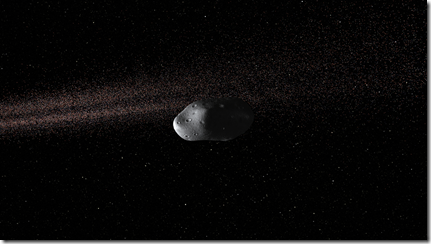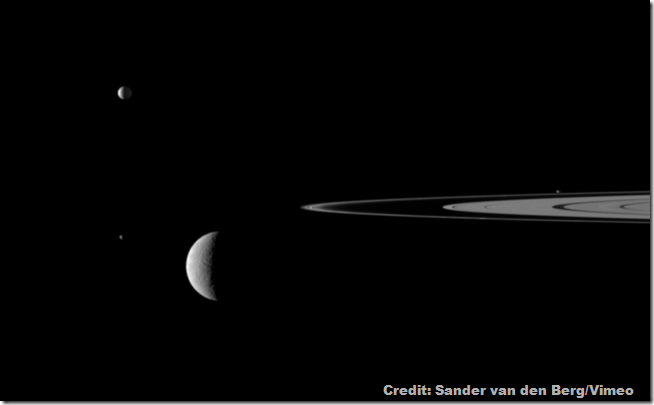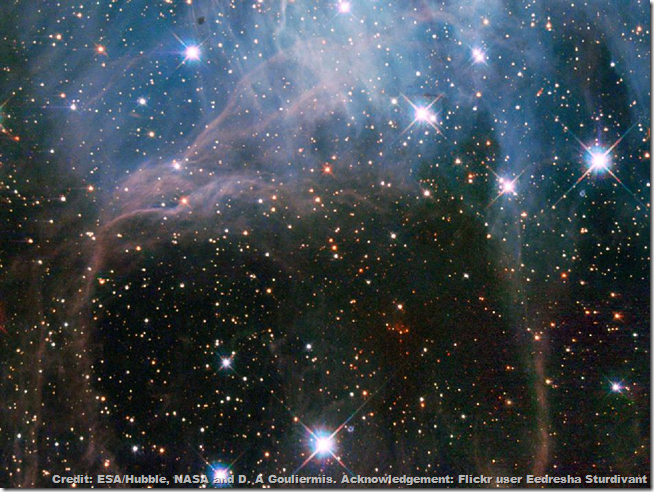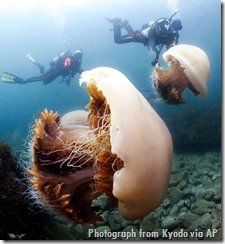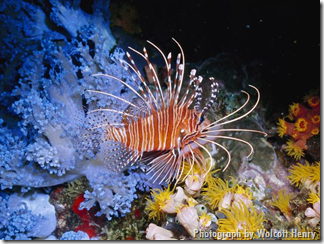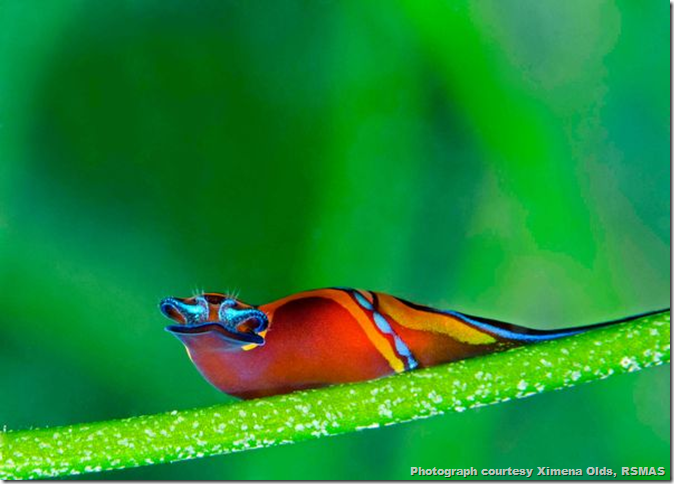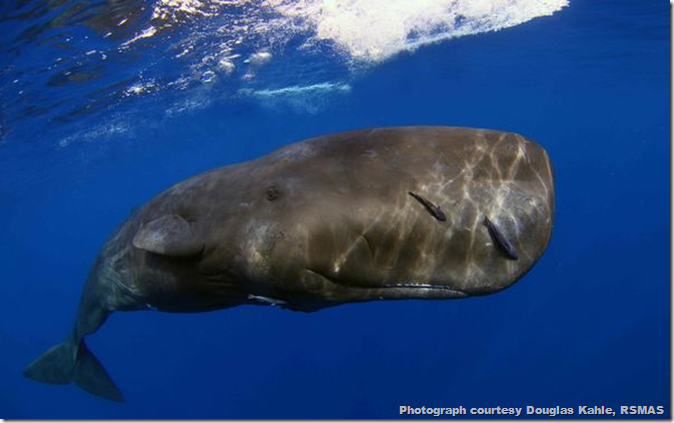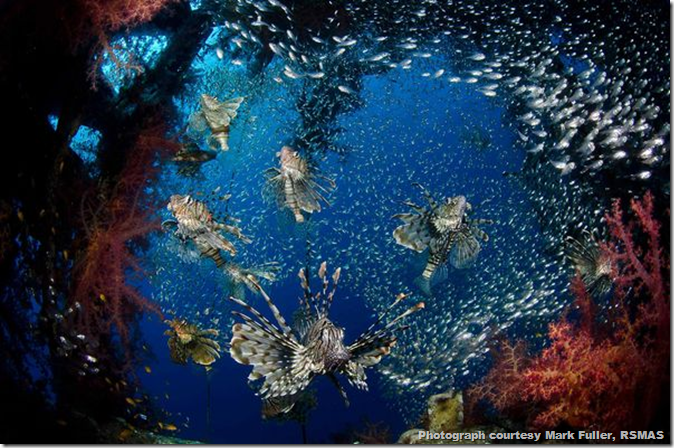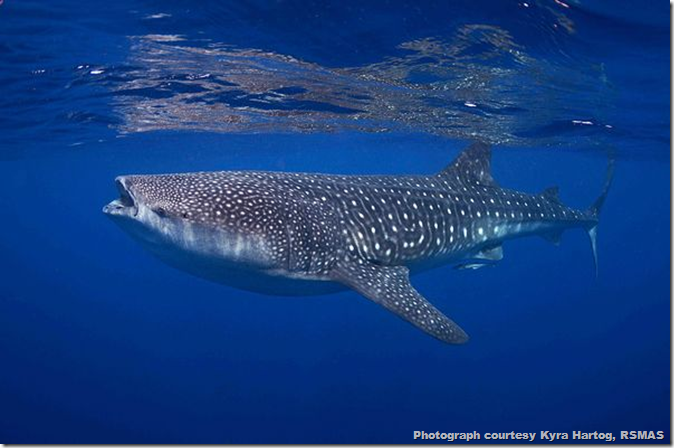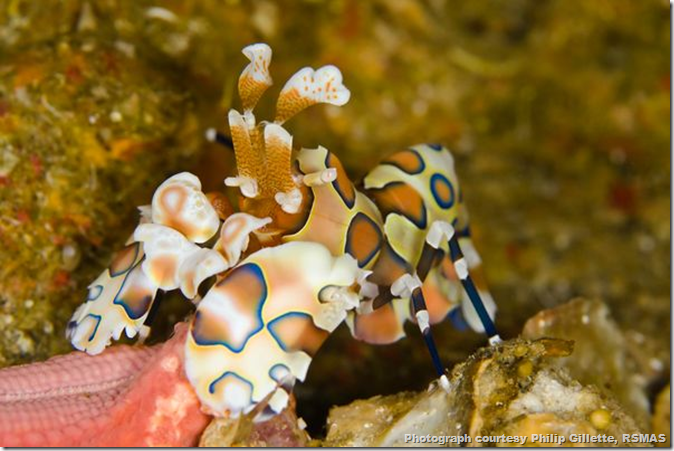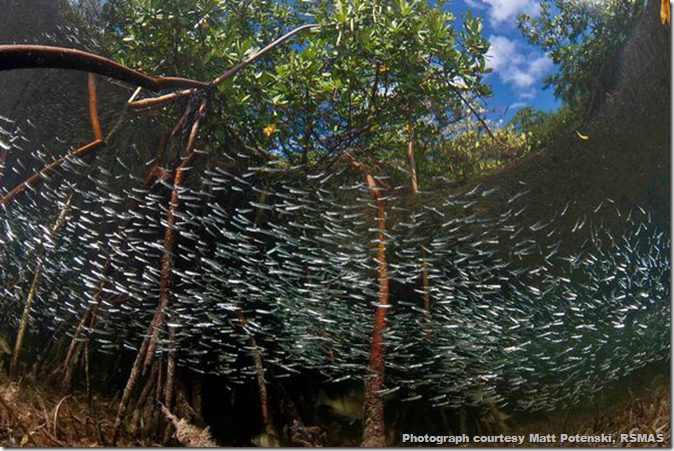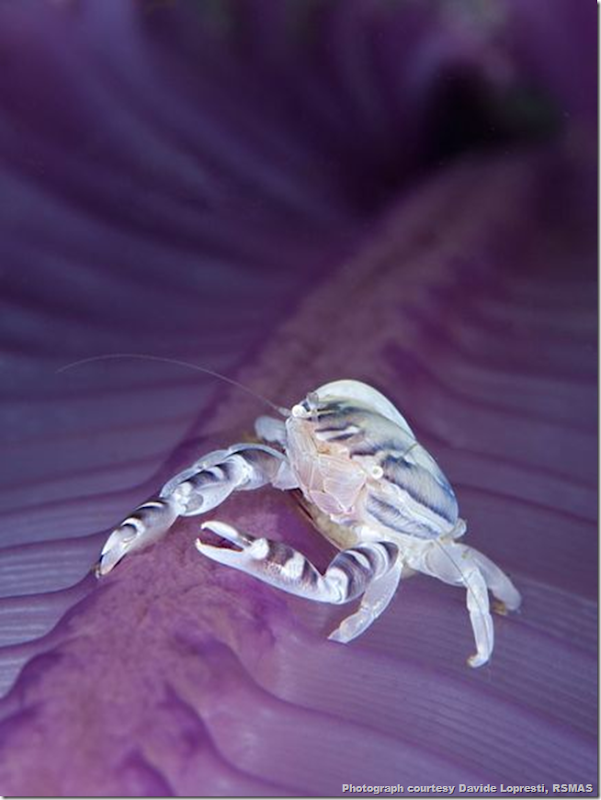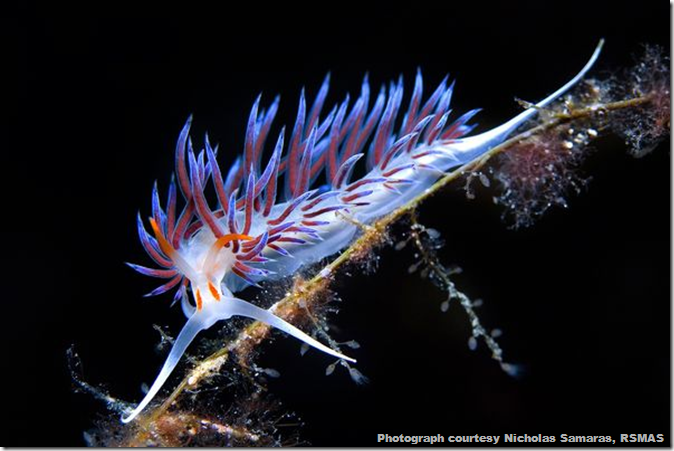
Nothing can quite prepare you for the exquisite sight of a hummingbird on the wing. Nature has truly spoiled us with this astonishing spectacle. Take a look as the different species take flight in their search for food and marvel at the aerodynamics of one of the world's truly astonishing species.
| 1. Anna’s Hummingbird |
This beautiful specimen is known as an Anna’s Hummingbird and was named after Anna Messina, the Duchess of Rivoli. It is found along the Pacific Coast from British Columbia to Arizona. Males perform remarkable display dives during the courtship season. The male, when his territory is threatened, rises up around a hundred feet before diving on to his rival. The dive is so fast it produces an “explosive squeak” as the wind rushes through the tail feathers.
|
| 2. Broad-Tailed Hummingbird |
With his iridescent green back, this male Broad-tailed Hummingbird is spectacular enough. However, he also has a brilliant red gorget (a throat patch) which really makes him stand out from the crowd. This species is found across the forests and meadows of the Western United States but do range as gar as Mexico and Guatemala.
|
The bird is somewhat vagrant and can be seen even in El Salvador, although it will not breed there. The bird is recognized by the trilling sound that the male’s wings make during flight. A gorgeous species.
|
| 3. Ruby-Throated Hummingbird |
The beautiful and fascinated Ruby-throated hummingbird has many flight muscle and skeletal adaptations which allow it great agility in flight. They have, for example, long blade-like wings which connect to the body only from the shoulder joint. This is unlike most other birds and this adaptation allows the wing to rotate almost through one hundred and eighty degrees.
|
Amazingly, this then allows the bird to not only fly forwards but straight up and down, backwards and sideways. Their phenomenal wings beat 55 times a second when hovering!
|
| 4. Costa’s Hummingbird |
Does the camera ever lie? Perhaps, but in this case it is not intentional. The Costa’s Hummingbird is tiny and grows to only three inches in length.
|
This male of the species shows of his most distinguishing feature - his purple cap, with his throat feathers flaring out and back behind his head.
|
This species is fairly common in the Southwestern United States and in the Baja California Peninsula of Mexico. Many people believe that hummingbirds survive only on the nectar of flowers. The Costa’s, like all other hummingbird species, also eats any tiny insects it finds among the petals when it is collecting the nectar.
|
| 5. Swallow-Tailed Hummingbird |
This species of hummingbird has a forked tail and as such is known as the Swallow-tailed variety. It is one of the largest “city” hummingbirds and can be very aggressive.
|
It will attack any other hummingbirds that dare encroach on its particular territory. They occur from the Amazon River up to Paraguay and South Eastern Peru. Unfortunately, although they can get along in partially deforested zones they may well disappear because of intensive agriculture and the development of treeless cities.
|
| 7. Collared Inca Hummingbird |
The Collared Inca Hummingbird is found in the humid forest of the Andes. It is common throughout Venezuela, Colombia and Ecuador.
|
It is known for its darker looks - and has a clear white chest patch which distinguishes it further, giving him something of the look of a flying catholic priest.
|
| 8. Giant Hummingbird |
A Giant Hummingbird takes a rest. This one is as large as it looks! This is the largest member of the hummingbird family and can measure up to eight and a half inches in length. That is approximately the length of a European Starling, which should give you a good idea about its size.
|
It is not as attractive as many of its smaller cousins and as such is known locally as the “burro q’enti” - the burro refers to its dull plumage. It is found in the Andes.
|
| 9. Sword-Billed Hummingbird |
The Sword-billed Hummingbird is the only bird in the world which has a bill that is actually longer than its body. As such it is unable to preen itself and has to use its feet.
|
This is universally acknowledged as one of nature’s stranger, funnier sights. The length of its bill is so it can feed on plants with long corollas. As you might expect its tongue is also unusually long.
|



























